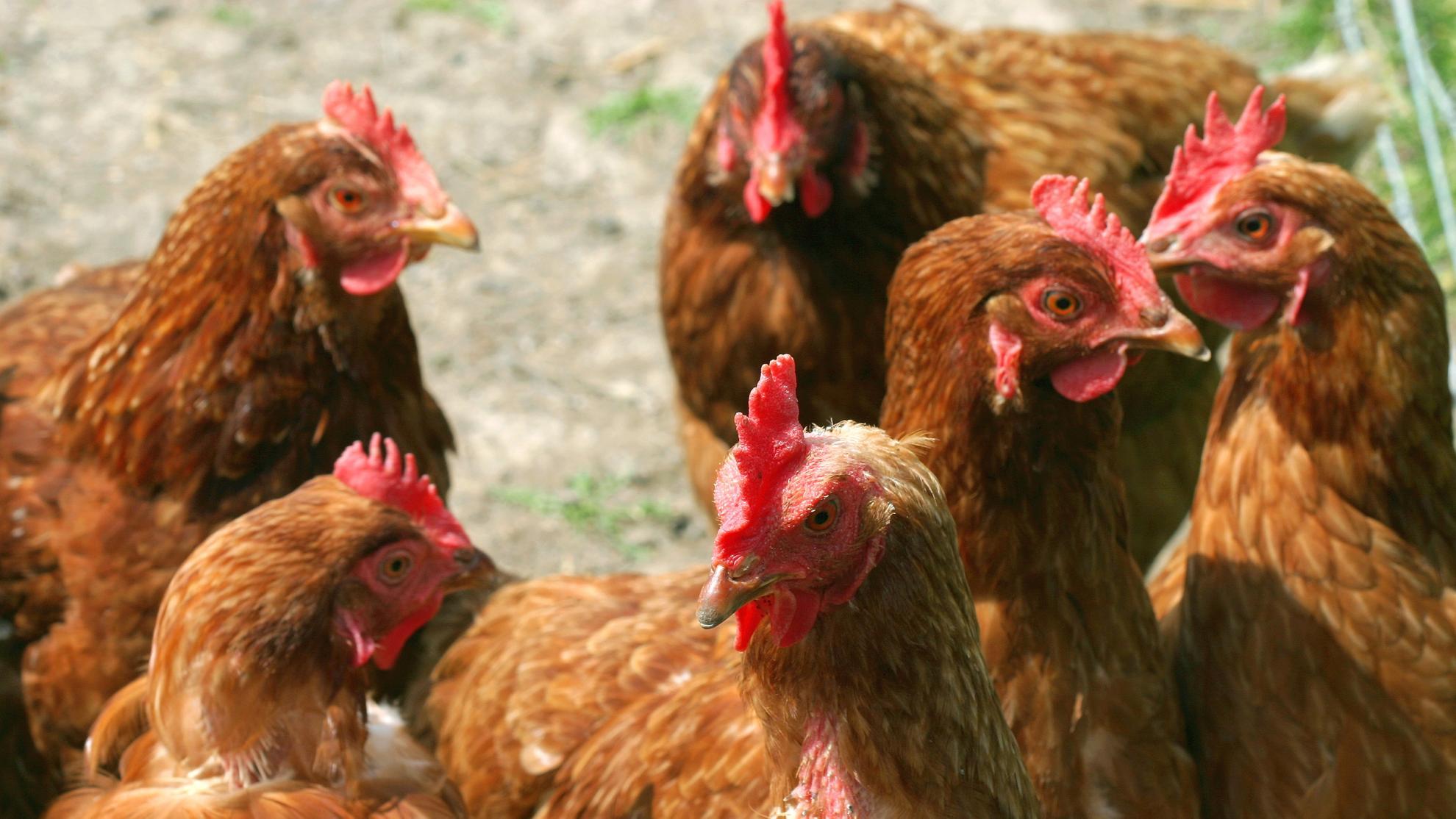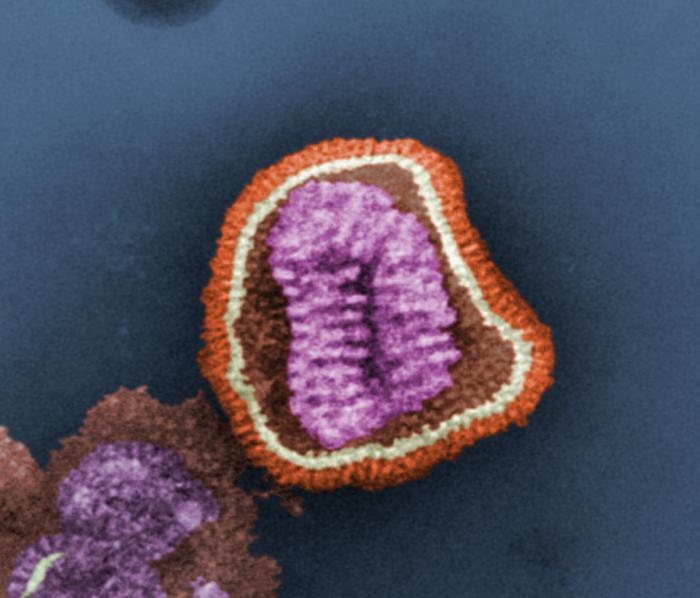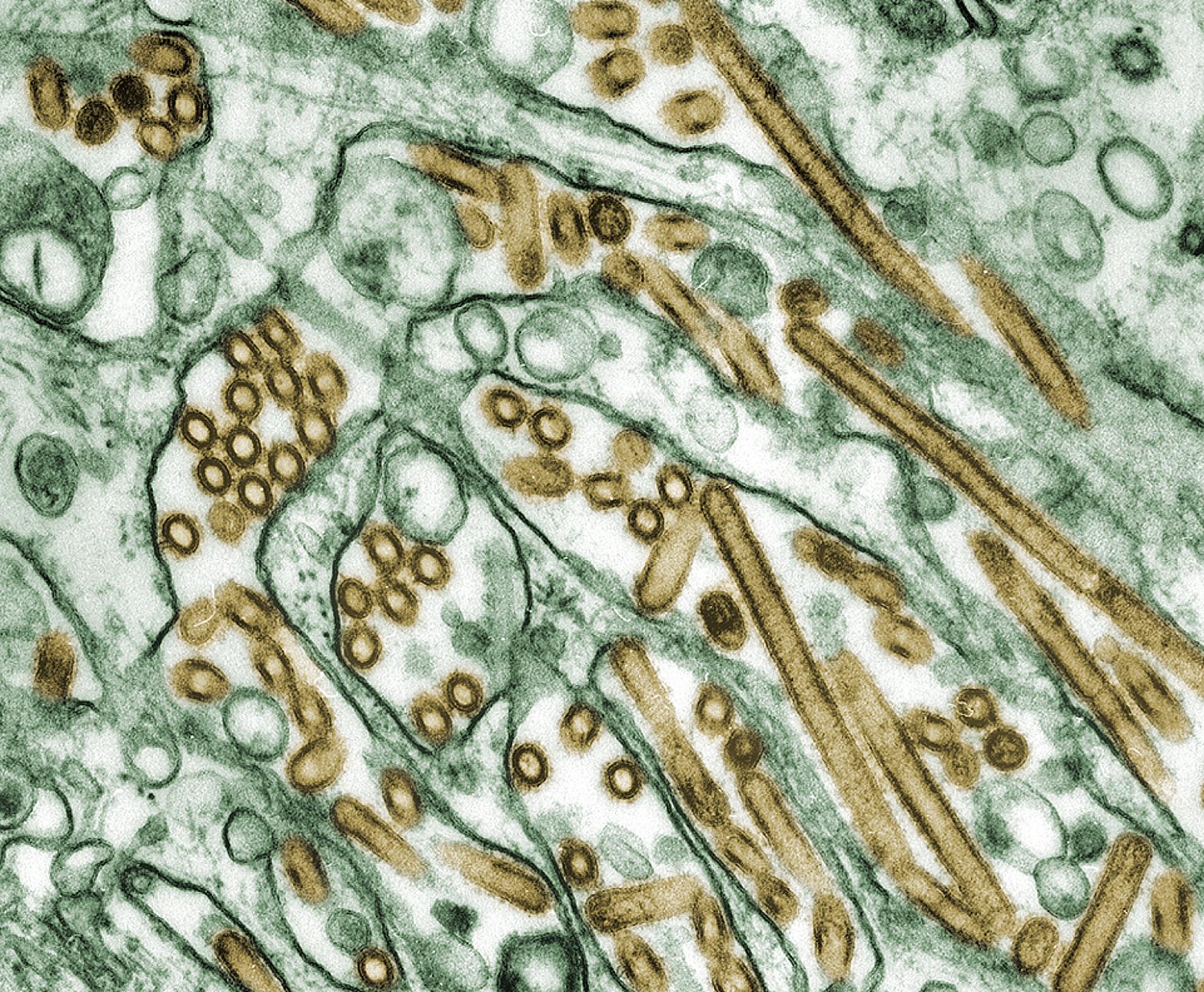Virus pathotype and deep sequencing of the HA gene of a low pathogenicity H7N1 avian influenza virus causing mortality in turkeys
Low pathogenicity avian influenza (LPAI) viruses of the H7 subtype generally cause mild disease in poultry. However the evolution of a LPAI virus into highly pathogenic avian influenza (HPAI) virus results in the generation of a virus that can cause severe disease and death. The classification of these two pathotypes is based, in part, on disease signs and death in chickens, as assessed in an intravenous pathogenicity test, but the effect of LPAI viruses in turkeys is less well understood. During an investigation of LPAI virus infection of turkeys, groups of three-week-old birds inoculated with A/chicken/Italy/1279/99 (H7N1) showed severe disease signs and died or were euthanised within seven days of infection. Virus was detected in many internal tissues and organs from culled birds. To examine the possible evolution of the infecting virus to a highly pathogenic form in these turkeys, sequence analysis of the haemagglutinin (HA) gene cleavage site was carried out by analysing multiple cDNA amplicons made from swabs and tissue sample extracts employing Sanger and Next Generation Sequencing. In addition, a RT-PCR assay to detect HPAI virus was developed. There was no evidence of the presence of HPAI virus in either the virus used as inoculum or from swabs taken from infected birds. However, a small proportion (<0.5%) of virus carried in individual tracheal or liver samples did contain a molecular signature typical of a HPAI virus at the HA cleavage site. All the signature sequences were identical and were similar to HPAI viruses collected during the Italian epizootic in 1999/2000. We assume that the detection of HPAI virus in tissue samples following infection with A/chicken/Italy/1279/99 reflected amplification of a virus present at very low levels within the mixed inoculum but, strikingly, we observed no new HPAI virus signatures in the amplified DNA analysed by deep-sequencing.
Back to publications


